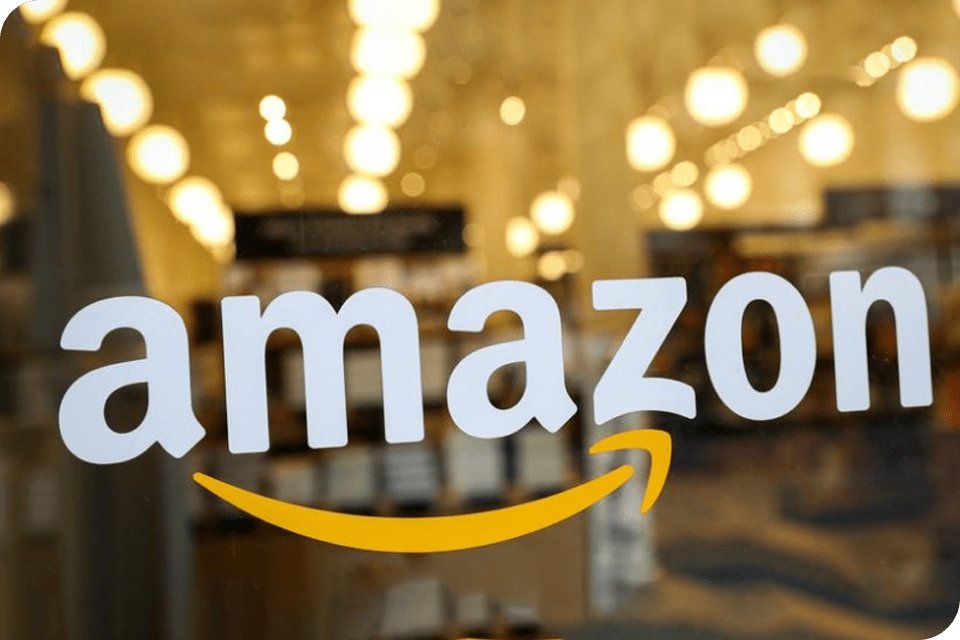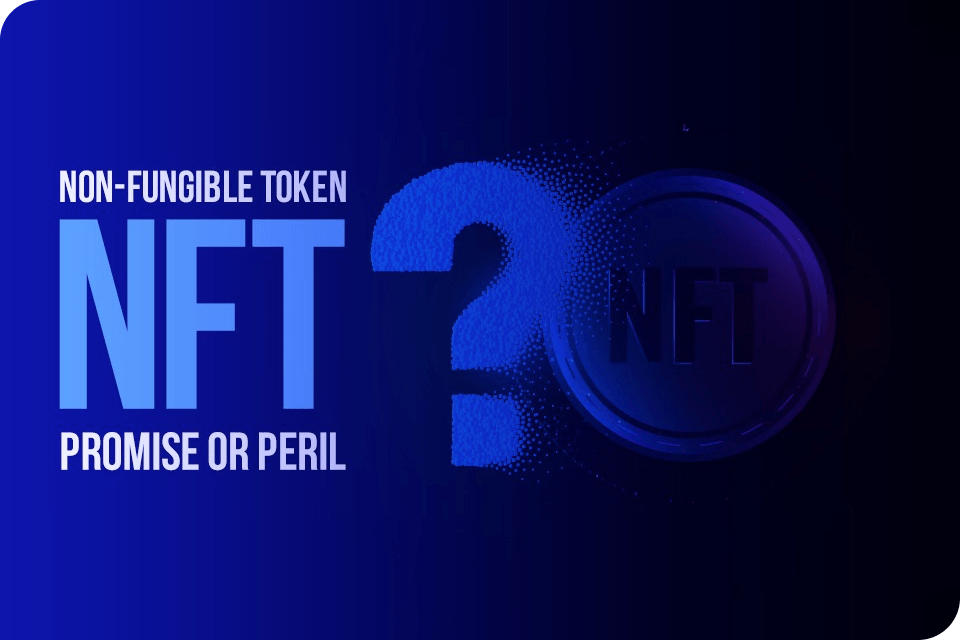Determining whether to outsource or insource certain aspects of your business operations is a critical decision that can significantly impact your company’s efficiency, cost-effectiveness, and overall success. In this guide, we’ll explore the key considerations and factors to help you decide which approach – outsourcing or insourcing – is the most suitable for your business needs.
Understanding Outsourcing and Insourcing
Outsourcing involves delegating specific tasks or functions to external third-party providers, while insourcing refers to handling those tasks or functions internally within your organization. Each approach comes with its own set of benefits, challenges, and considerations.
Cost Considerations
One of the primary factors to evaluate when comparing outsourcing and insourcing is the cost implications. While outsourcing can often provide cost savings by leveraging the expertise of external providers and reducing overhead expenses, insourcing may offer better cost control and transparency, especially for core business functions.
Expertise and Scalability
Outsourcing allows access to specialized skills and resources that may not be available in-house, enabling your business to tap into expertise and scalability as needed. On the other hand, insourcing can foster a deeper understanding of your business processes and culture, leading to greater alignment and control over operations.
Flexibility and Adaptability
Outsourcing offers flexibility in scaling resources up or down based on demand fluctuations, providing agility and responsiveness to market changes. However, insourcing can offer greater control and customization of processes, allowing for quicker adaptation to internal changes or strategic shifts.
Risk Management and Security
Outsourcing introduces certain risks, such as data security concerns and dependency on external vendors. Conversely, insourcing may offer greater control over sensitive data and intellectual property, reducing exposure to external vulnerabilities and compliance risks.
Quality Control and Communication
Maintaining quality standards and effective communication are crucial considerations in outsourcing and insourcing decisions. While outsourcing requires establishing clear communication channels and quality assurance processes with external vendors, insourcing allows for direct oversight and immediate feedback, potentially enhancing quality control and collaboration.
Cultural Alignment and Company Values
Consideration of cultural alignment and company values is essential, especially when outsourcing tasks that directly impact your brand image or customer experience. Insourcing may offer greater alignment with your organizational culture and values, fostering employee engagement and loyalty.
Conclusion
Navigating the outsourcing vs insourcing debate requires careful consideration of various factors, including cost, expertise, flexibility, risk management, quality control, and cultural alignment. There is no one-size-fits-all solution, and the optimal approach may vary depending on your business objectives, industry dynamics, and specific requirements. By thoroughly evaluating these factors and weighing the pros and cons of each approach, you can make informed decisions that drive efficiency, innovation, and sustainable growth for your business.







